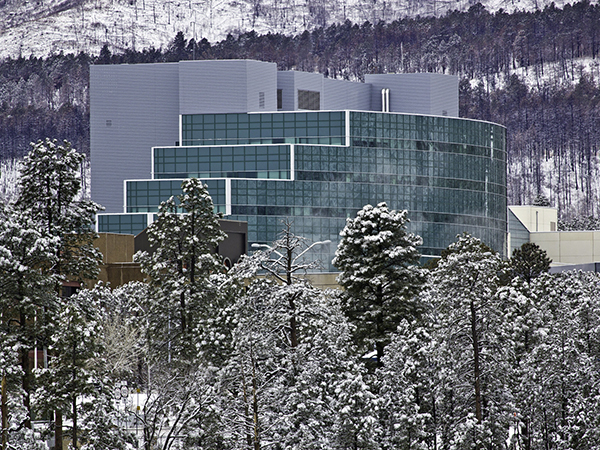Many of ORNL’s collaborations in New Mexico are with nuclear scientists from the two Department of Energy National Nuclear Security Administration research facilities in the state, Los Alamos National Laboratory and Sandia National Laboratories.

ORNL’s user facilities offer a diverse set of tools for experiments across a range of fields, including biology, materials and energy sciences, physics, engineering, and chemistry. Learn more about ORNL’s user facilities. Data reflects fiscal year 2020 except for scientific publications, which covers 2016–2020. Partner stories reflect work conducted from 2016 to present.

The National Nuclear Security Administration is an agency within the DOE complex that advances national security through military use of nuclear science. The NNSA’s Los Alamos National Laboratory possesses unique capabilities in neutron scattering, radiography, and plutonium science and engineering. LANL is also a design laboratory responsible for the safety and reliability of nuclear explosives. ORNL and LANL have a long history of collaboration, more recently in quantum technologies that will help increase grid security.
Listen to ORNL’s Sound of Science podcast episode “Soundbite: Quantum Security for the Grid”.
Sandia National Laboratories is responsible for developing, testing, and producing specialized nonnuclear components and quality assurance and systems engineering for US nuclear technologies. ORNL and Sandia also have an extensive history of collaboration, more recently in a federal grant to design a more efficient form of artificial intelligence that fits on a microchip and can run on everything from a supercomputer to a household laptop.
ORNL, LANL, and Sandia were among the first national laboratories to form an alliance to advance exacale computing, computing systems that are 50 times faster than today’s most powerful supercomputers. Today, the Exascale Computing Project involves over 1,000 researchers from 15 labs, 70 universities, and 32 vendors to tackle application development as well as software libraries and software technologies.
Learn more about computer and national security sciences at ORNL.
For more information, contact [email protected].
